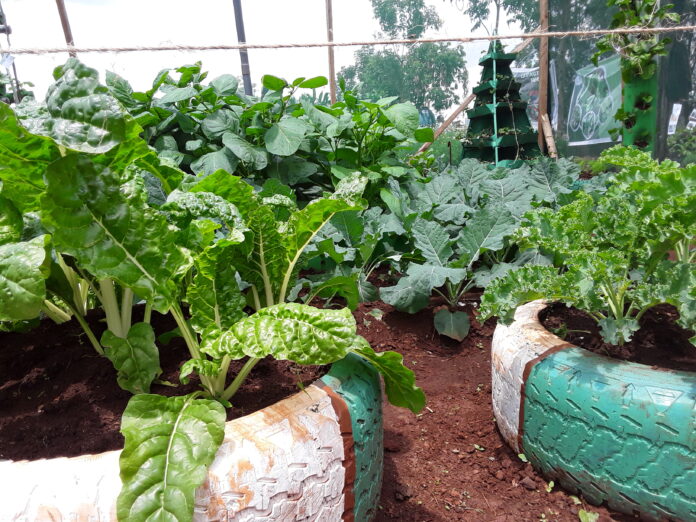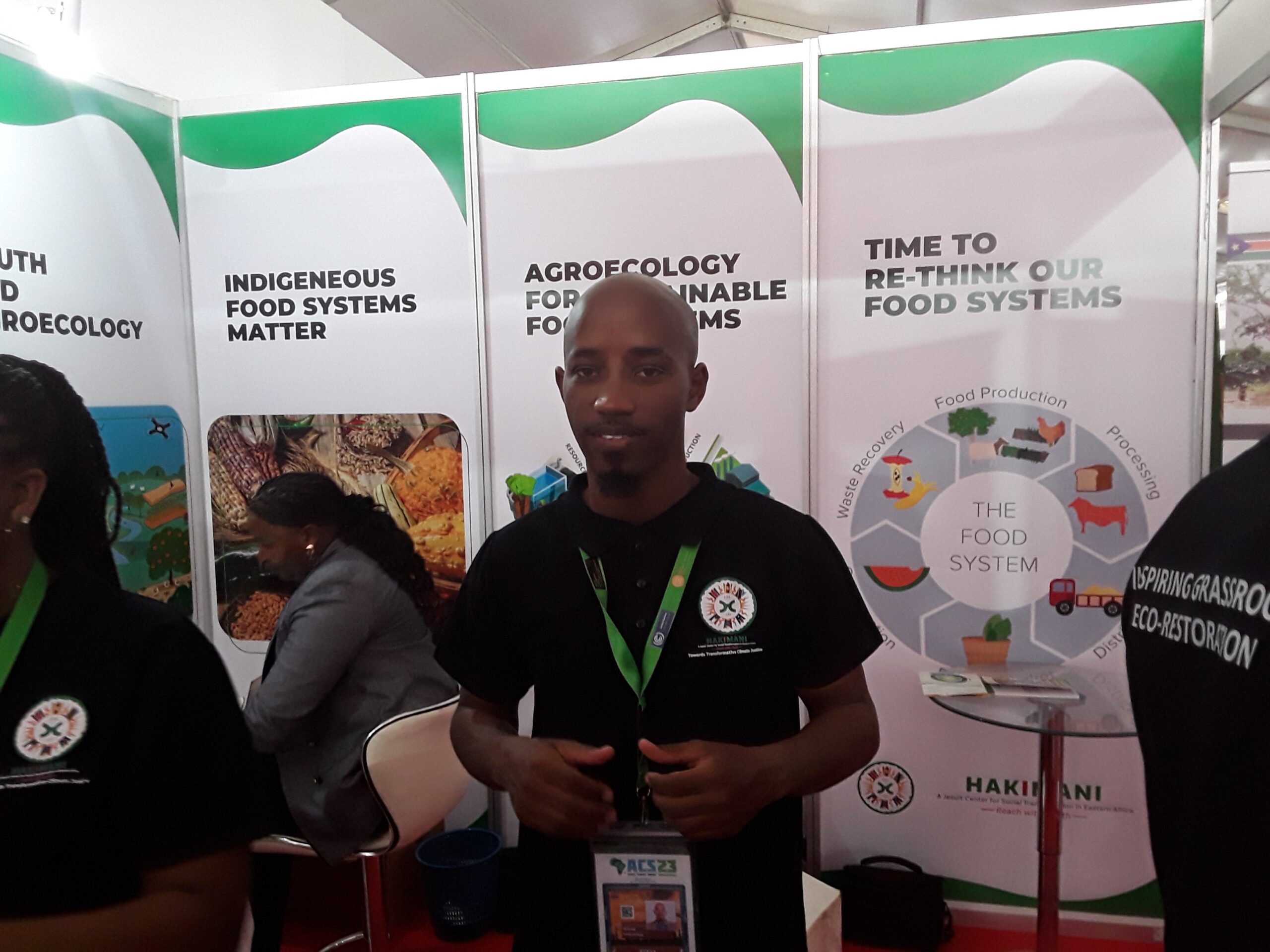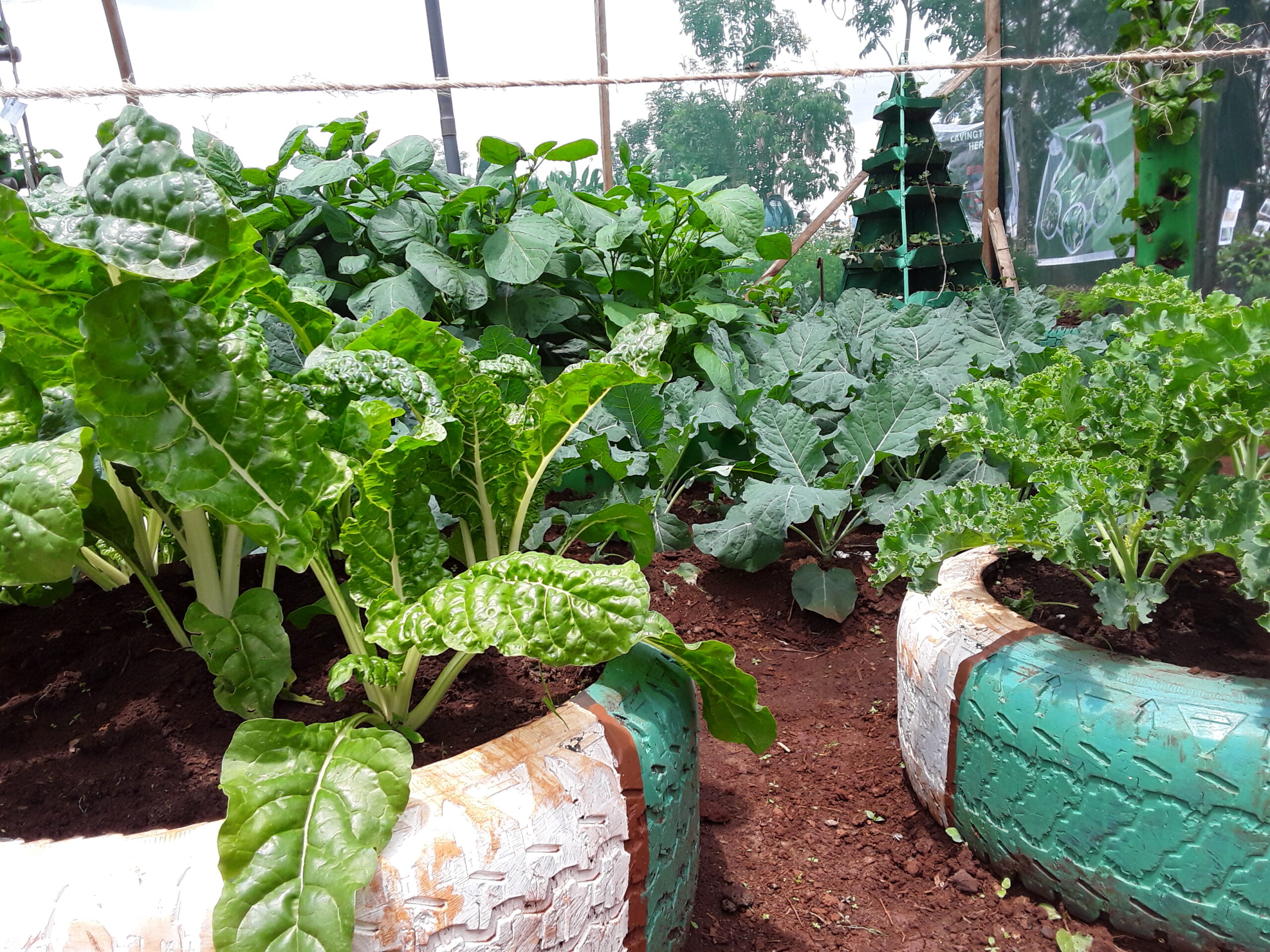
By Joyce Chimbi
Nairobi, Kenya: An increasing number of people in Kenya and the larger sub-Saharan Africa region still rely on emergency food support. The number of food-insecure people in Kenya increased by 35 percent between 2022 and 2023.
Vulnerable households are using multiple coping strategies to survive such as consuming less expensive foods irrespective of nutritional value and living on one meal a day.
“The world is changing and climate change is here. We only have three options – mitigate, adapt, and restore the ecosystem. Agroecology is the most sustainable path towards addressing climate change. It is anchored in leaving no one behind, be they women, youths, people living with disability, indigenous groups, and many other categories of vulnerable groups who are often left behind agricultural interventions,” says Arnold S. Lemaletian from the A Jesuit Center for Social Transformation in East Africa.

“We are very keen on policy advocacy built on inclusivity. Nobody should be left behind, and more so the most vulnerable in our communities. We can build sustainable farming systems through capacity building. Vulnerable people in our communities can learn and embrace low-cost but high-impact strategies such as tree planting where the short-term gain is fruit production and the long-term gain is mitigating climate change.”
Speaking on the sidelines of the Africa Climate Summit ongoing in Nairobi, Kenya under the theme ‘Driving Green Growth and Climate Finance Solutions for Africa and the World’, he talked about the importance of seed campaigns and the urgent need to encourage communities to learn more about indigenous seeds because they are the most suited to their environment.
The summit is ongoing against a backdrop of climate shocks that have significantly impacted Africa’s fragile food chain. Climate shocks have become more intense and frequent. The most severe drought in the Horn of Africa in four decades is still ongoing due to five consecutive failed rain seasons.

The onset of floods in 27 Nigerian states earlier in February 2022, per the UN’s Food and Agriculture Organization(FAO) and the World Food Programme(WFP) joint reports, damaged 450,000 hectares of farmland seriously compromising the 2022 harvest. Floods have similarly disrupted agriculture in South Sudan.
Earlier, floods in West Africa and severe cyclones in Madagascar and Mozambique wreaked havoc and the effects are still being felt. Climate change will contribute to a decline in African agricultural yields, which are already very low, by 5 to 17 percent by 2050. Maize crop yield is estimated to drop by 40 percent by 2050. This is a pressing concern for approximately 300 million Africans who depend on maize as a main food crop.
But even as the climate crisis spirals, part of navigating these challenges is embracing indigenous agricultural practices that are mindful of the environment while at the same time, enhancing food security. Native seeds, for instance, used in line with other organic inputs such as fertilizers, tend to be more resilient and can withstand extreme changes in weather patterns.
John Nchoko concurs. A member of the Narok Dance Troop who is part of the delegate at the climate summit says that the group uses traditional song and dance to sensitize the community about climate change. He says that efforts are underway to salvage, restore, and preserve Enoosupukia Forest in Narok County.
In Kenya, 23 out of 47 counties are classified as Arid and Semi-Arid regions (ASAL) and are dominated by the pastoralist community. Lemaletian says that agroecology is viable in the ASAL region and that community-based capacity building around alternative farming systems in line with their cultural and traditional practices is a low-cost but high-impact strategy.
He speaks about the need to train communities on kitchen gardening and climate-smart water governance so that those in Africa’s drylands can use the little water they have in the most effective ways possible. The need to embrace agroecology in Africa is immediate and urgent.
Of the 24 countries classified as hunger hotspots by FAO and WFP in 2022, 16 are in Africa. The continent accounts for 62 percent of the total number of food insecure in hotspot countries.
“The principle of bringing everyone on board towards a food secure country and continent has to do with reacquainting people with old ways, going back to our roots. How were people surviving in their respective areas? By relying on native species. Agroecology is about bringing back those species because they are resistant to drastic changes in weather patterns,” says Lemaletian.
“Modern technology and modern ways of farming are not accessible to all, especially to the most vulnerable. Indigenous, traditional ways are resilience building and importantly, are less labor intensive and can yield even in a less favorable climate.”
Africa imports about 60 percent of all fertilizer use, making it very expensive for our farmers leading to low usage of fertilizer. As such, low-cost solutions are particularly needed around the continent. Africa’s 33 million smallholder farms are the backbone of the continent’s food system as they produce at least 70 percent of Africa’s food.
As thousands of stakeholders at the Africa Climate Summit continue to explore climate adaptation, resilience, and solution strategies for Africa and the world, the way forward should be a path that leaves no one behind.













